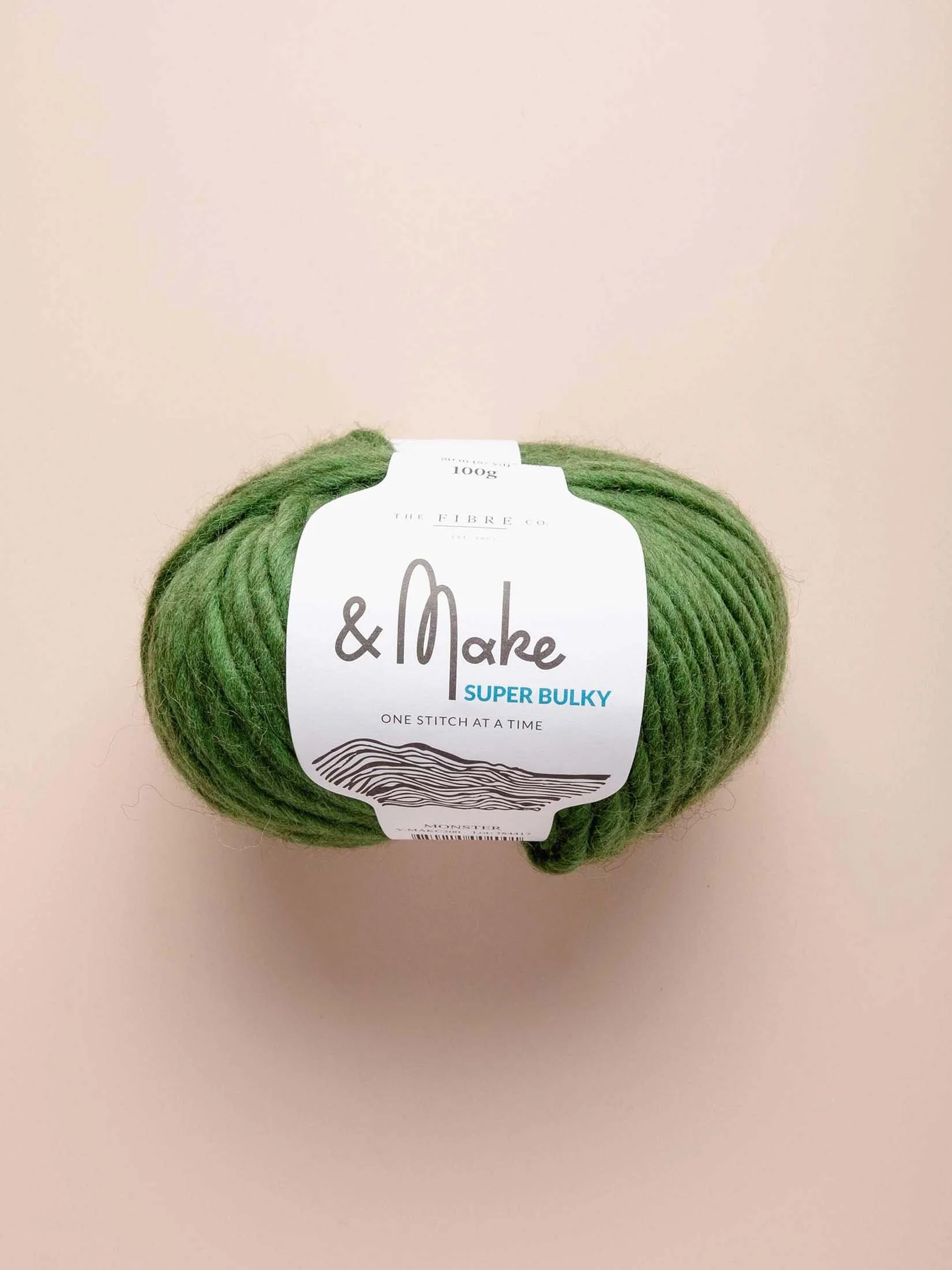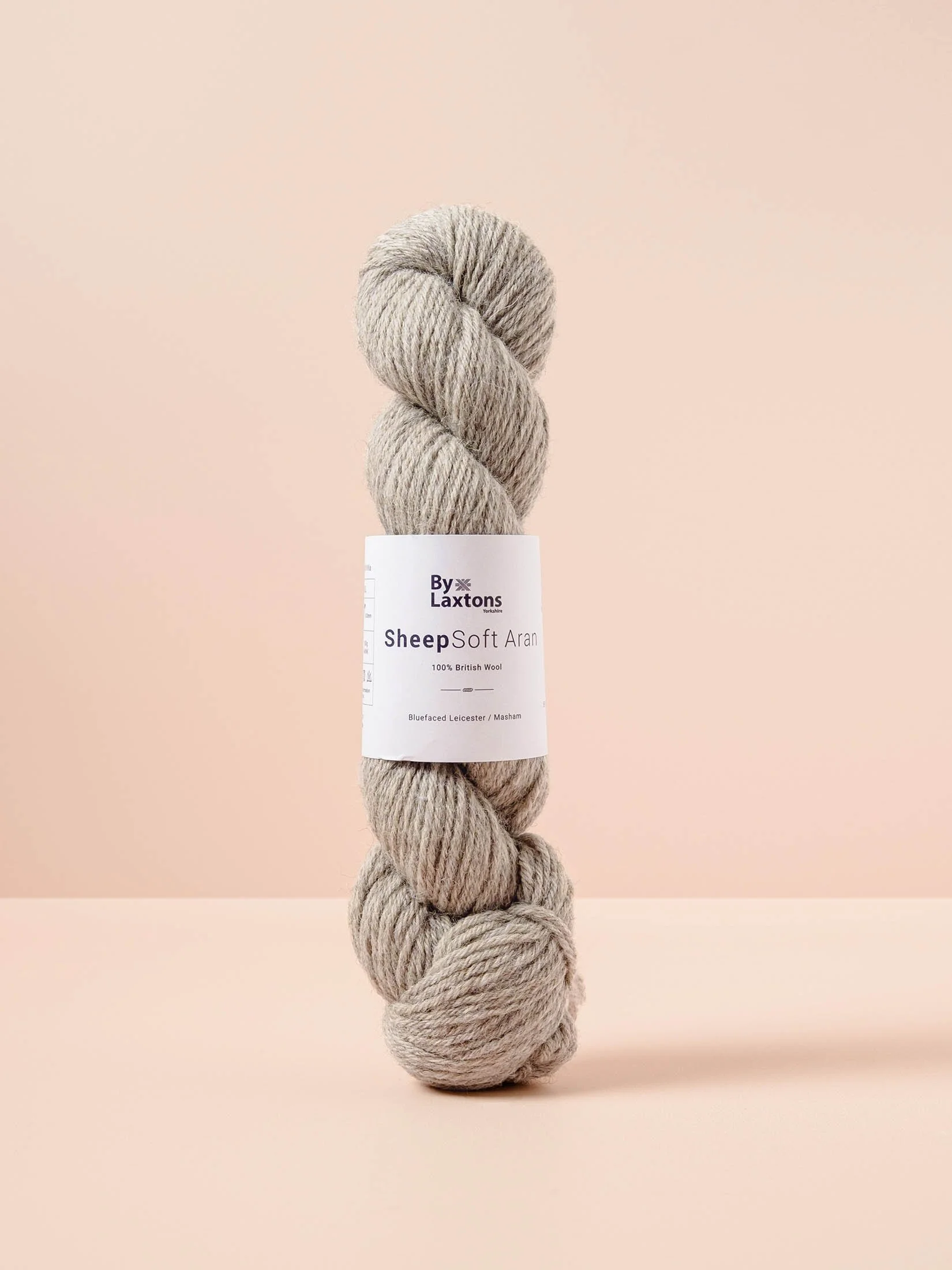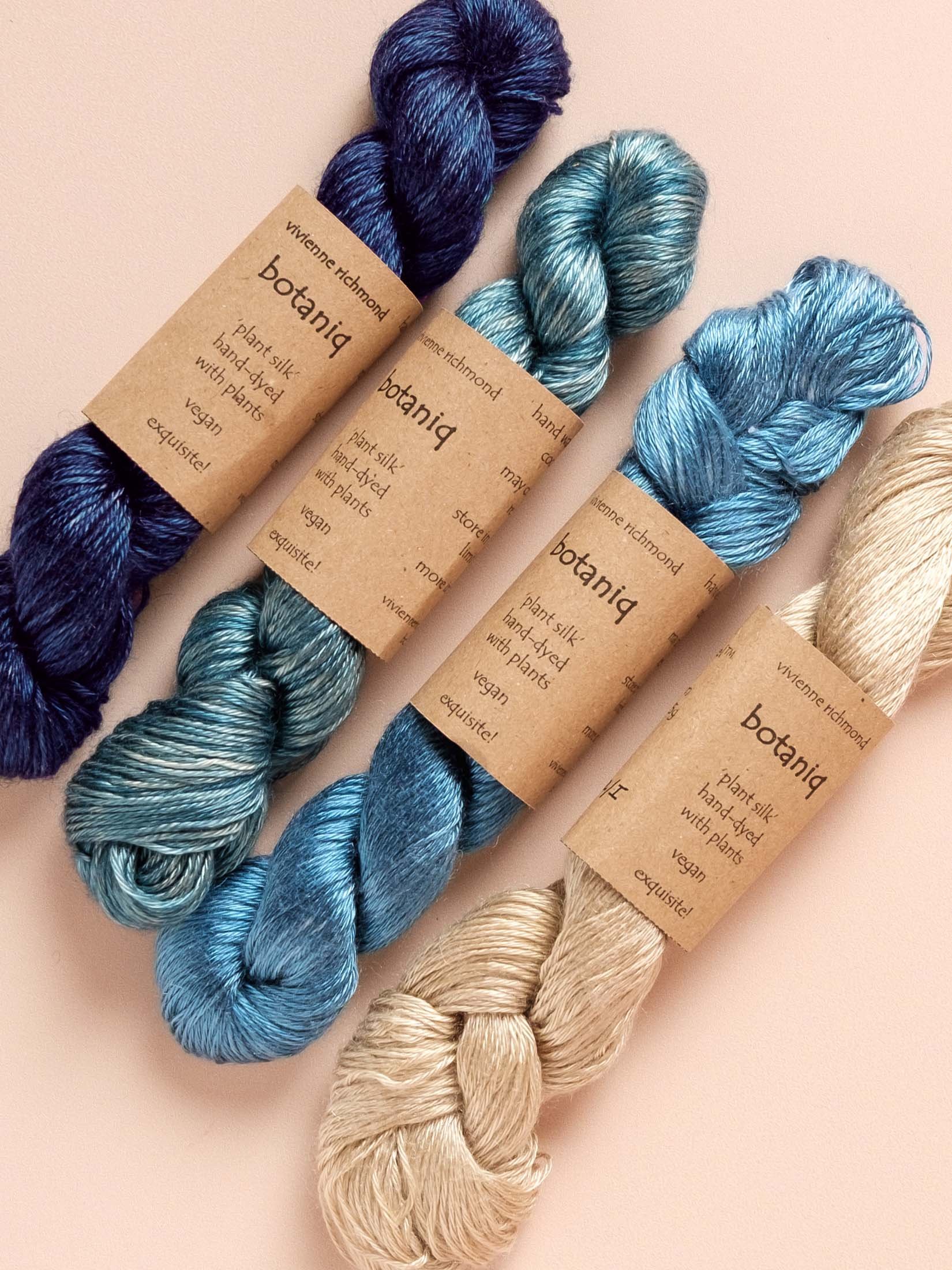How to Unravel Knitting
Picture the scene: you’re happily knitting along on your latest project, and then suddenly you look down and notice a mistake a few rows back. It might be a twisted stitch, a knit stitch when you were meant to purl, or something more serious like a missed increase or decrease, a dropped stitch or an mis-crossed cable. Do you leave it and hope nobody will notice (they won’t, but you definitely will!), do you try and drop back down a column to fix it, or do you need to undo some of your work?
The idea of unravelling your knitting might be enough to bring you out in a cold sweat, but with a bit of planning and care you will be able to make it (almost) painless. The first thing you need to do is decide how far back to go…
Knitting Back (Tinking)
If you only need to undo a few stitches or a couple of rows, you can knit back stitch by stitch. You will take one stitch at a time off your right hand needle and place it back onto your left hand needle (this is often called ‘tinking’ - knitting backwards!).
To unpick a knit stitch: with the working yarn at the back of the work, place the tip of the left hand needle into the stitch below the one you want to unpick, from the front. Pull the working yarn out of the stitch from the back, et voila! The stitch is back on the left hand needle.
The process to unpick a purl stitch is exactly the same, but the working yarn will be at the front of the work when you start. You will still put the needle into the stitch from front to back, but this time you pull the working yarn out from the front of the stitch.
Knit back until you are past your mistake, and then continue your knitting from this point. .
Ripping Out Several Rows (Frogging)
Knitting back stitch by stitch can be quite time consuming, so if the problem is a few rows back you might prefer to rip out a number of rows in one go. The normal method is to pull out your needles and rip away. This is sometimes referred to as frogging because ‘rip it, rip it’ sounds a lot like the ribbit ribbit croaking noise that a frog makes. It’s worth winding the yarn back onto the ball as you go to avoid knots.
Once you’ve ripped out as far as you want to go, you need to pick up all the loose stitches and get them back on your needles without twisting any. It is a good idea to rip back to one row before where you want to be and then unpick the last row stitch by stitch to make this a bit easier.
If you do need to pick up a loose stitch, insert your left hand needle with the right leg of the stitch at the front. This ensures that it is the right way round. Twisted stitches will look slightly different from regular stitches and be a little tighter as well. If you come across one as you’re knitting you can either swap it from the left to right needle and back to turn it around before you knit it, or untwist as you go by knitting through the back of the stitch. .
A Safer Way to Rip Back
If you don’t fancy ripping back and picking up lots of stitches, but you do need to undo a substantial amount of knitting, you can use your needle to pick up the stitches before you start ripping. That way they are secured at all times, and you can make sure that no stitches get twisted in the process.
Simply pick up all the stitches in the row you want to rip back to, from left to right, ensuring that you pick up the right leg of each stitch. You might find it easier to use a smaller needle to pick up stitches in this way. Once you’ve got the whole row, on the needle you can safely rip away knowing that you won’t be able to pull out any more stitches once you get down to the needle.
Lifelines
If you’re working on a particularly complicated pattern (such as lace or cables) you can put in ‘lifelines’ as you go. These are simply threads which are placed through an entire row of stitches and left in place until the knitting is finished, at which point they can be removed. If you need to rip back at any point the lifeline will hold the stitches so that you can easily get them back onto your needle. Lifelines should ideally be smooth or fine yarn or thread that will be easy to remove and won’t affect the gauge of your knitting.
A Note About Yarn
Some yarns are easier to rip back than others. Smooth or superwash yarns tend to unravel really easily, which makes the unpicking a breeze, but can mean stitches are difficult to pick up. More toothy or rustic yarn will have more grip which makes stitches nice and easy to pick up, but more difficult to pull our. Mohair is notoriously difficult to frog, but it’s still possible with a little patience.
























